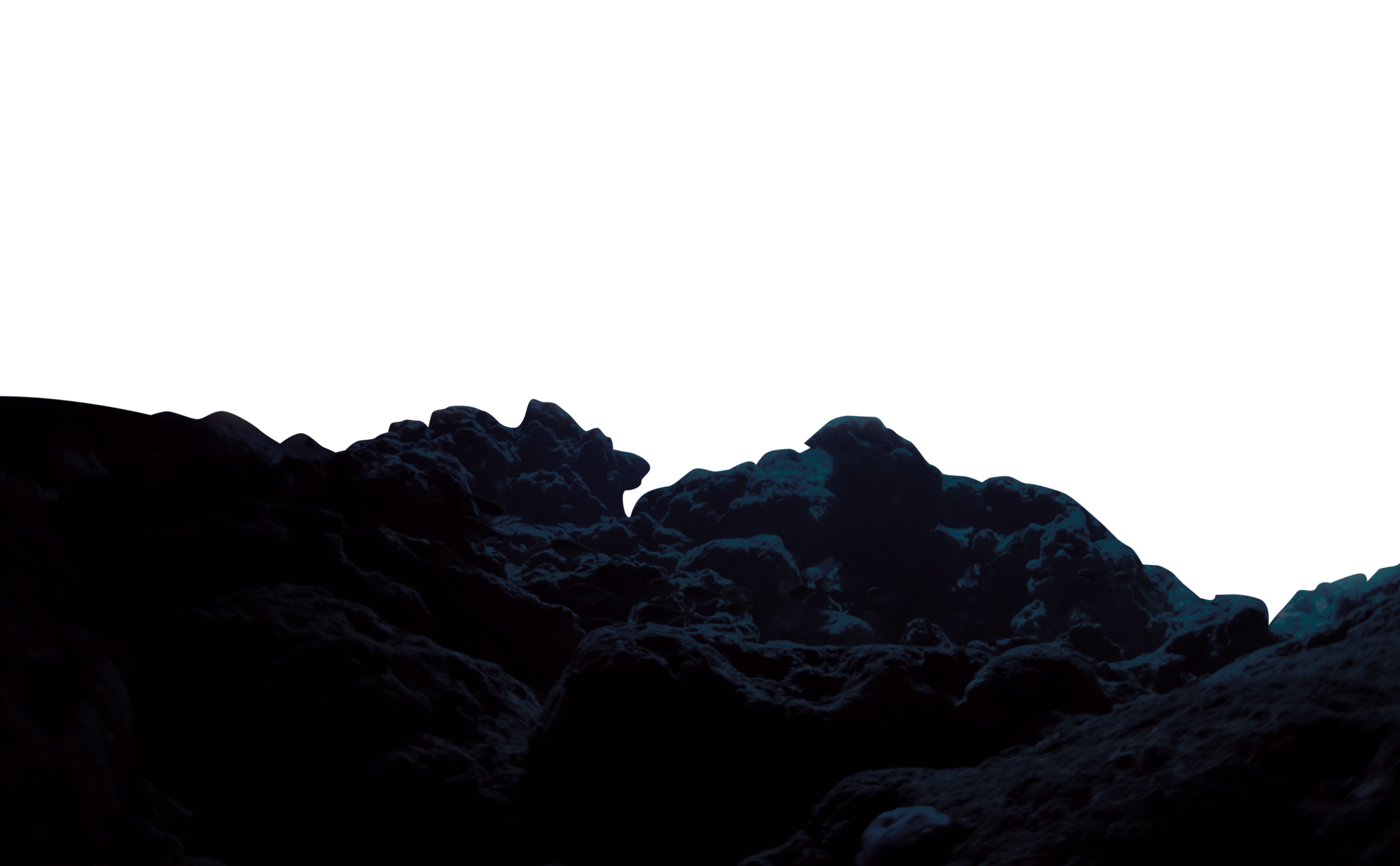Blue Carbon
A better tomorrow begins below
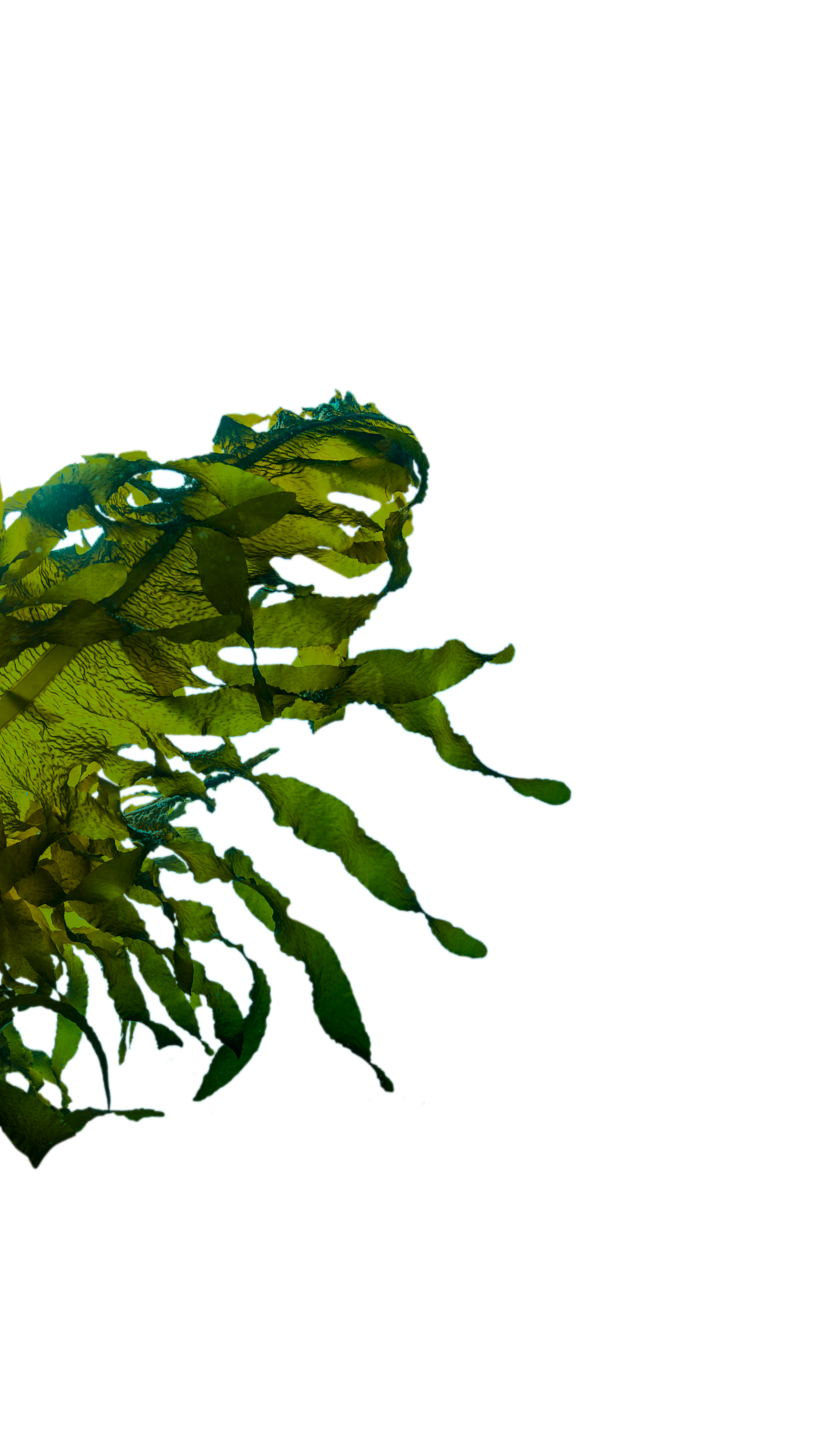
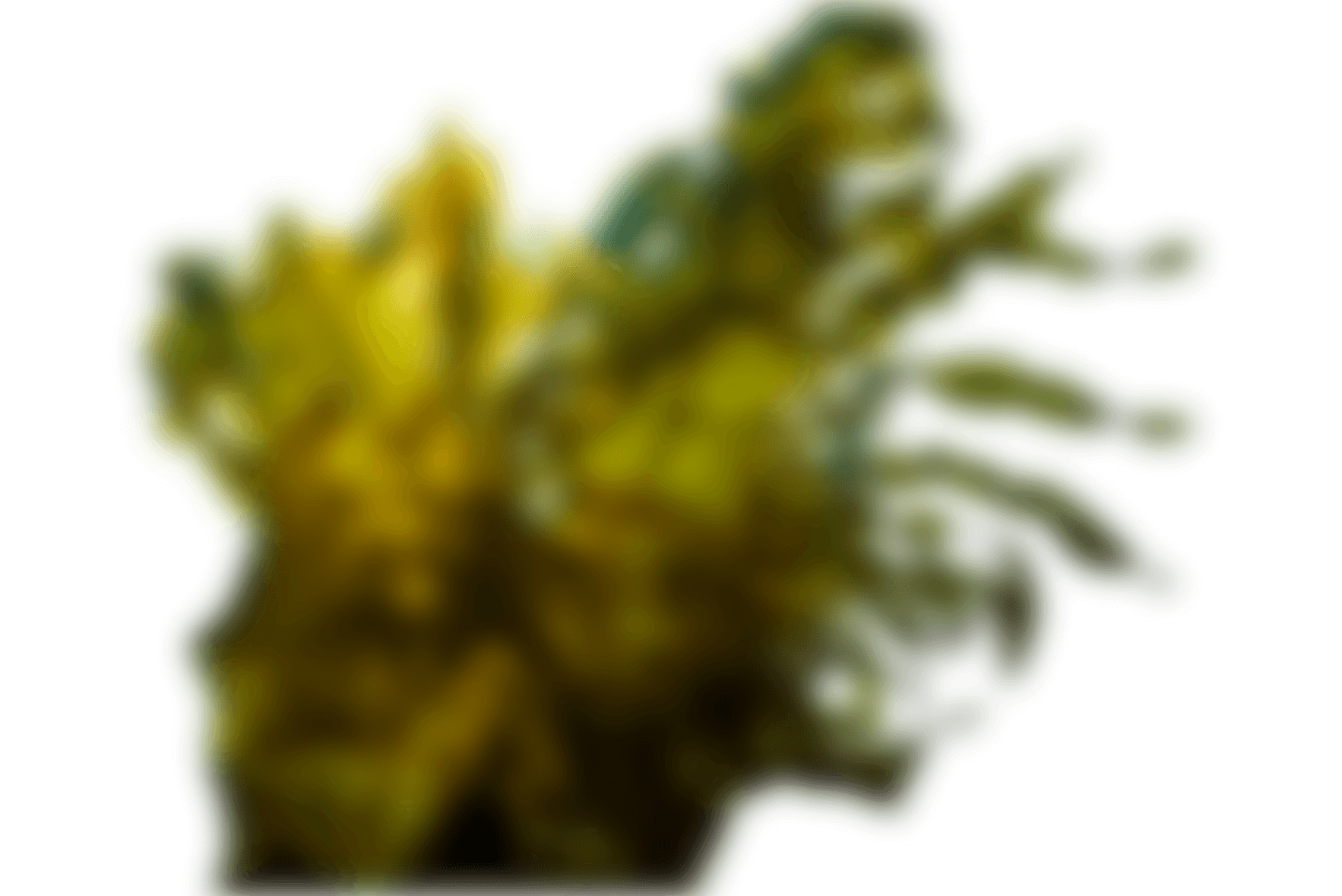
Blue carbon is the carbon stored in ocean waters, and the sediments and plants of coastal habitats.
The ocean provides a myriad of benefits to people and nature. To name a few, it provides food, protection from storms, livelihoods, biodiversity and cultural benefits. It also plays an important role in mitigating climate change and has absorbed roughly a third of all human carbon emissions since the start of the Industrial Revolution. As we negatively impact our oceans, we affect their ability to provide the benefits we have come to rely on, including their ability to trap carbon, which we focus on here. We're looking to create a better tomorrow, by tapping into and restoring these benefits now.
Ocean habitat benefits
Marine animal benefits


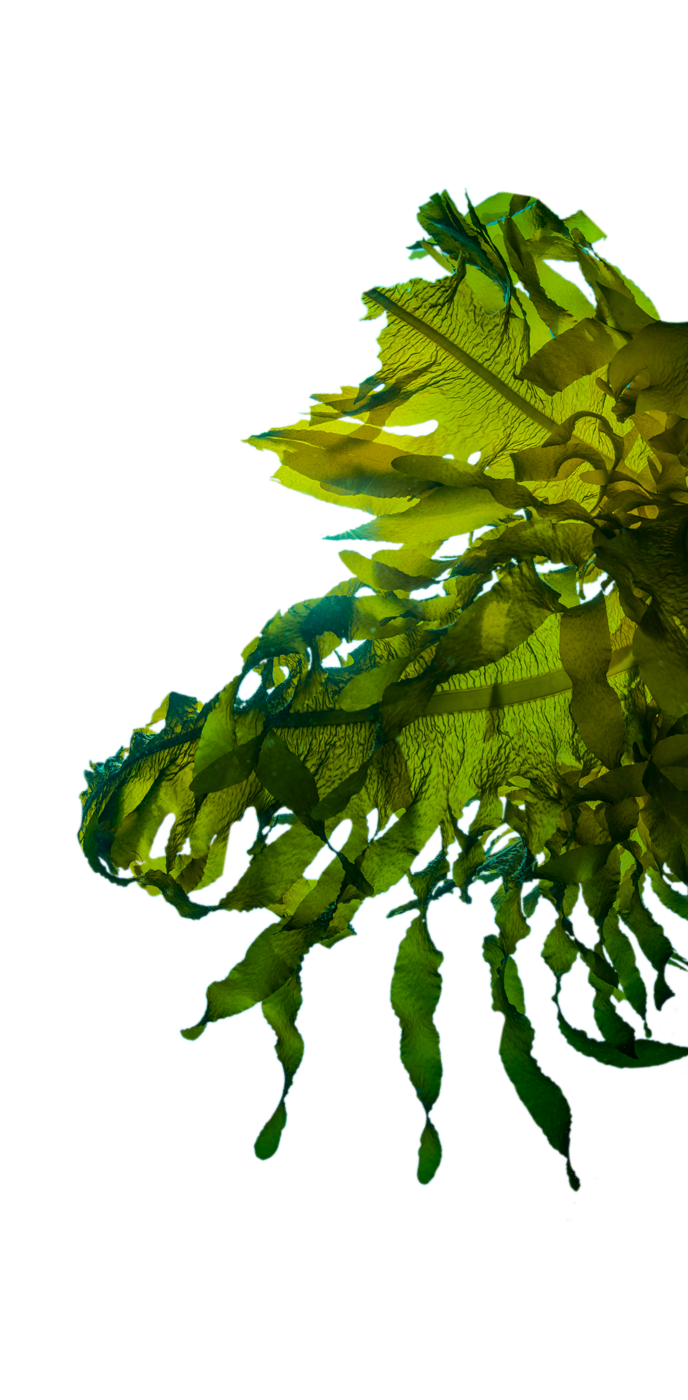
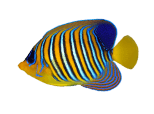
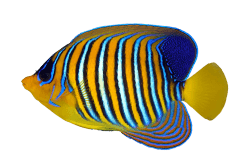
Mangroves
& Seagrasses
Mangroves And Seagrasses
Mangroves and seagrasses trap carbon from the air through photosynthesis and also by trapping sediment around their roots that contains organic carbon. Their ability to sequester carbon as well as provide important habitats for many species means it’s critical to stop destroying these tropical ecosystems and restore more of them right away.
Marshes
Marshes
Marshes line the edge of various bodies of water and trap carbon in sediments in coastal soils and on the ocean floor. Furthermore, these marshes can trap suspended sediments in runoff produced by human activities on land. Read More
Seaweed

SEAWEED
Seaweed forests and farms are capable of trapping large amounts of carbon very rapidly. One of the ways seaweeds sequester carbon is through the breakage of fronds which are carried to the deep ocean by currents. Seaweed farms sequester carbon in the same way, but perhaps not as much since they are harvested regularly for food production and other human uses. Seaweed is a valuable source of food and many other products. Some of these products and uses of seaweed sequester more atmospheric carbon than others.
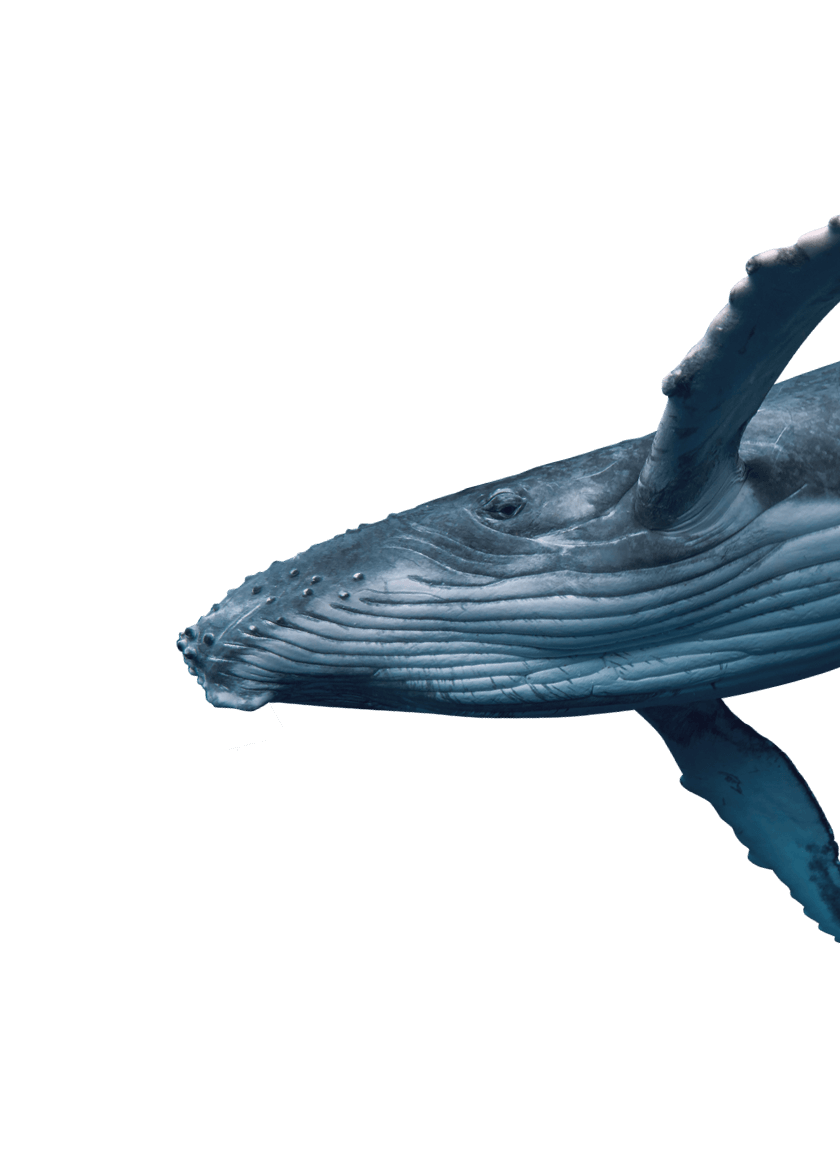

Open Ocean
open ocean pathways
Mesopelagic Fish
mesopelagic fish
Millions of fish and invertebrate organisms live in the oceans’ mesopelagic depths – the ocean “twilight zone” found below the sunlit ocean surface layer and extending down to approximately 1000 meters. Many of these fish and other mesopelagic organisms such as zooplankton (e.g., copepods and krill) participate in a process called “diel vertical migration,” a massive, coordinated daily movement within the sea where the organisms rise up into the oceans’ surface at night to feed on phytoplankton and smaller animals, then retreat back down to mesopelagic depths during the day. Read More
Big Fish & Whales

Big Fish and Whales
Big fish and whales forage deep in the sea, eating smaller fish and crustaceans such as krill, storing much of the carbon these smaller species contain and then recycling the remainder of the carbon and nutrients throughout the ocean, including back near the surface where it can help drive photosynthesis that absorbs carbon dioxide from surface waters. Read More



